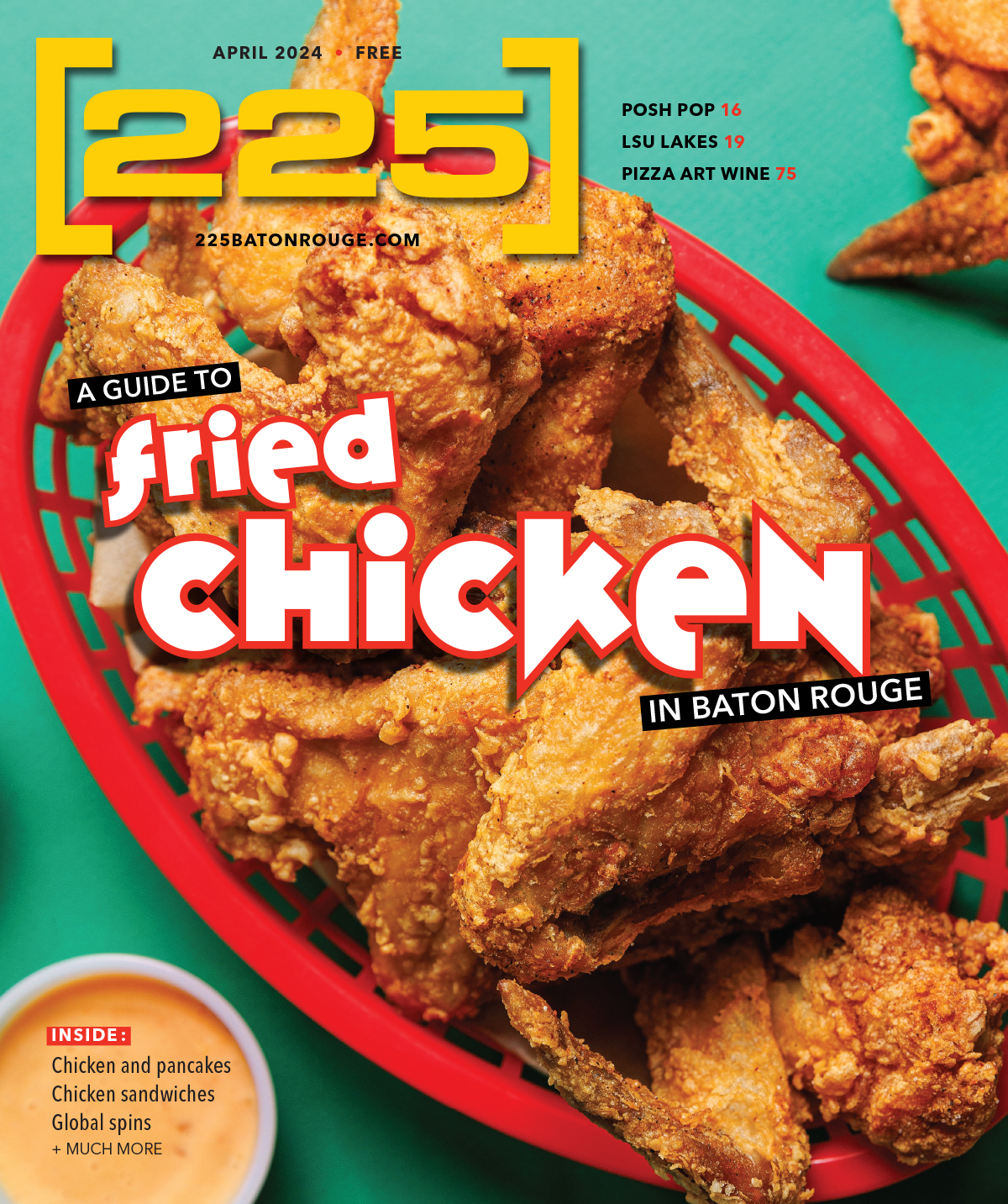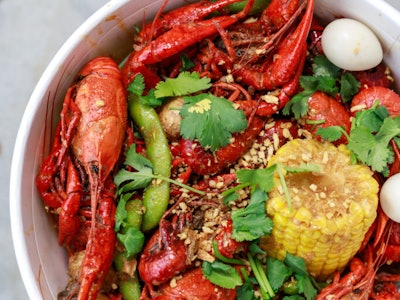Every summer, Ruffino’s Executive Chef Peter Sclafani travels to Chalmette to select what he believes are the area’s most flavorful Creole tomatoes. A farm-to-table advocate, Sclafani buys the scarlet fruit from the same family farm each season, incorporating them into Ruffino’s La Caprese and other summer salads. But this year, the tri-colored classic of tomatoes, fresh mozzarella and basil was elevated further—the result of Sclafani’s interest in another major culinary trend: modernist cuisine. He didn’t douse the salad with the requisite extra virgin olive oil and balsamic vinegar. He topped it instead with homemade balsamic caviar, created with a natural gelling agent called agar-agar.
Topped with micro basil and served with impossibly soft burrata cheese, the dish was an impressive reinterpretation of its classic forebear. But it looked so much like real caviar that several patrons, including some who didn’t like caviar at all, remained unconvinced. Ruffino’s servers were used to the exchange. It wasn’t the first time Sclafani had dabbled in modernist cuisine.
Also known by its less popular name, molecular gastronomy, modernist cuisine is the practice of intensifying the science used in traditional cooking. A growing number of restaurants worldwide are incorporating new equipment, ingredients and techniques to redefine texture, reinvent classic dishes and introduce new ones.







